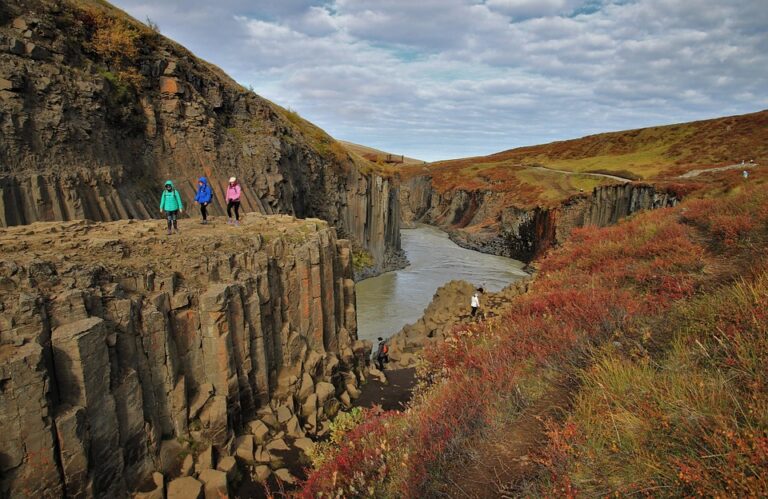Capturing the Wild: Photographer’s Guide to Wildlife Tours
Embarking on wildlife tours offers not only thrilling adventures but also a fantastic opportunity for photographers to capture the raw beauty of nature. Whether you are an amateur photographer or a seasoned professional, navigating these tours with the right strategies can enhance the quality of your photographs and the overall experience. In this guide, we’ll explore essential tips, techniques, and insights to elevate your wildlife photography game.
Understanding Wildlife Tours
Wildlife tours have surged in popularity in recent years, driven by increased interest in nature conservation and eco-tourism. According to the World Wildlife Fund (WWF), wildlife tourism accounts for approximately 20% of global travel expenditure. This statistic underscores the rising importance of ethical wildlife interactions and sustainable tourism practices.
What Are Wildlife Tours?
Wildlife tours are organized trips that allow participants to observe animals in their natural habitats. These tours can vary from guided safaris in Africa to birdwatching expeditions in tropical rainforests. Often led by knowledgeable guides, they provide critical insights into animal behaviors and habitats while promoting conservation awareness.
Essential Tips for Wildlife Photography
When preparing for wildlife tours, certain photographic techniques can significantly impact your results during the trip.
1. Equipment Preparation
To capture the wild effectively, your equipment is crucial. Here are some essentials:
- Camera Body: A DSLR or mirrorless camera with a fast shutter speed will help you freeze action shots.
- Lenses: A telephoto lens (200mm or longer) is invaluable for wildlife photography, allowing you to get close-ups without disturbing animals.
- Tripod/Mono Pod: Stabilizing your camera is key, especially in low-light conditions.
2. Mastering Composition
Good composition can elevate your wildlife images from mundane to magnificent. Use the Rule of Thirds; position the subject slightly off-center for a more dynamic photograph. Additionally, paying attention to the background can help prevent distractions in your shots.
For example, imagine capturing a majestic lion against a blurry background of grasslands. The lion occupies a third of the frame, making it the focal point while the softer background complements the rich colors of the scene.
3. The Importance of Light
Natural light plays a vital role in wildlife photography. Early morning and late afternoon, known as the “golden hours,” offer the best lighting conditions. The soft glow enhances textures and minimizes harsh shadows, lending depth to your images.
Ethical Wildlife Photography
In today’s context, ethical interaction with wildlife is paramount. Photographers must prioritize the animal’s well-being and their natural behaviors. Here are a few guidelines to follow during your wildlife tours:
- Always maintain a safe distance from the animals.
- Avoid the use of flash photography, which can startle wildlife.
- Respect wildlife regulations and guidelines set by your tour operators.
Planning Your Wildlife Tour
Choosing the right wildlife tour can make a significant difference in the quality of your photographs. Here are key factors to consider:
- Destination: Research regions known for diverse wildlife. Destinations like the Serengeti in Tanzania are famous for their rich ecosystems.
- Seasonality: Understand the best times to visit. For instance, the Great Migration in Africa occurs from June to October, offering extraordinary photographic opportunities.
- Guided vs. Non-Guided Tours: Guided tours often provide expert knowledge and enhance your understanding of animal behaviors, which translates into better photographs.
Leveraging Technology
Recent advances in technology have transformed wildlife photography. Many photographers now utilize drones for aerial shots, enabling unique perspectives otherwise challenging to achieve. However, adhere strictly to regulations regarding drone usage in wildlife areas to avoid disturbing animals.
The Final Shot: Review and Post-Processing
After your wildlife tour, take time to review your images critically. Post-processing tools like Adobe Lightroom or Photoshop can refine your photographs, allowing you to adjust colors, contrast, and sharpness.
To further amplify your skills, consider viewing photography tutorials and courses available online. Engaging with other wildlife photographers can provide valuable insights and enhance your knowledge.
Conclusion
Wildlife tours present a unique opportunity to capture stunning moments in nature while contributing to conservation efforts. By choosing the right equipment, mastering composition, and respecting wildlife, you can create breathtaking images that reflect the beauty and intricacy of the natural world.
For additional reading, explore our articles on Tips for Eco-Friendly Travel and The Best Equipment for Nature Photography at Buzzo.live. For more expert insights, consider visiting the International Wildlife Photography Association for tips from professional photographers globally.
Enjoy your wildlife tours, and may your lens capture the wild beautifully!
Images Suggestions:
- Alt Text: "Wildlife Tours in Africa" – Image of a lion in the savannah.
- Alt Text: "Capturing Pictures on Wildlife Tours" – A photographer with a telephoto lens in a natural setting.


